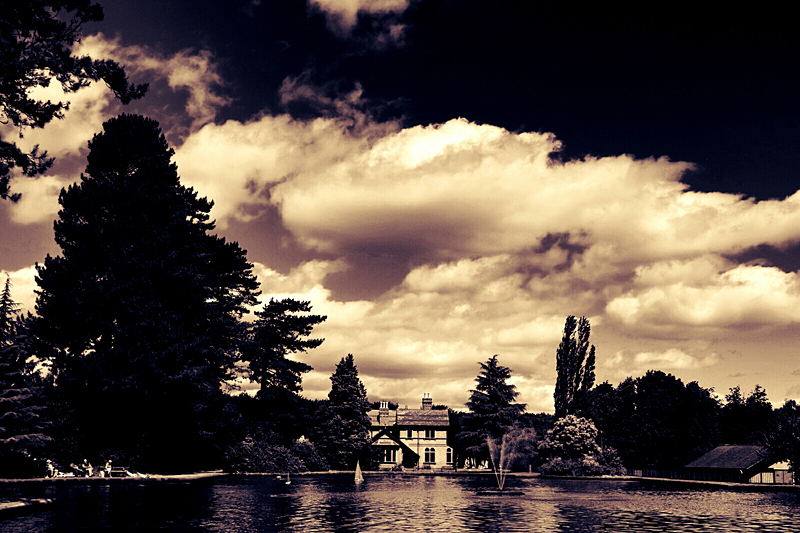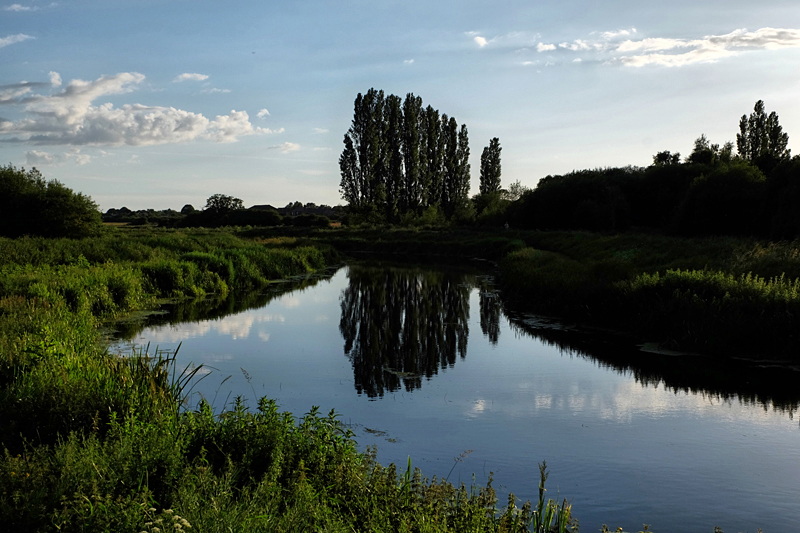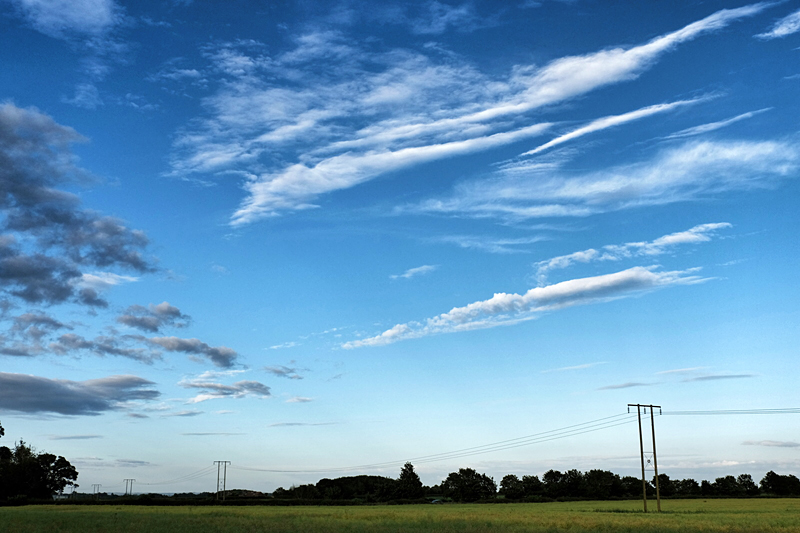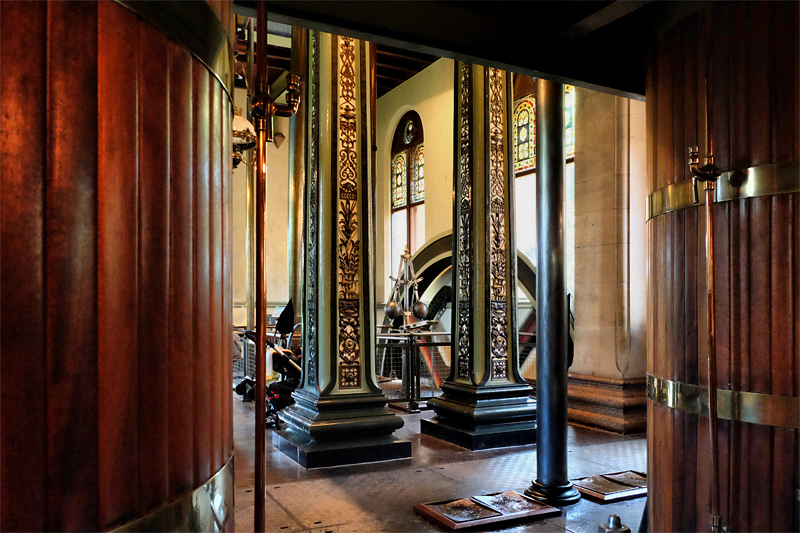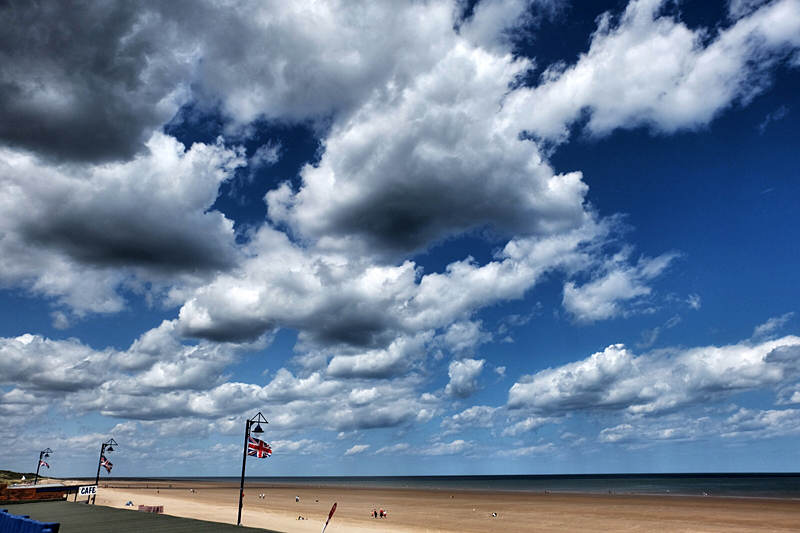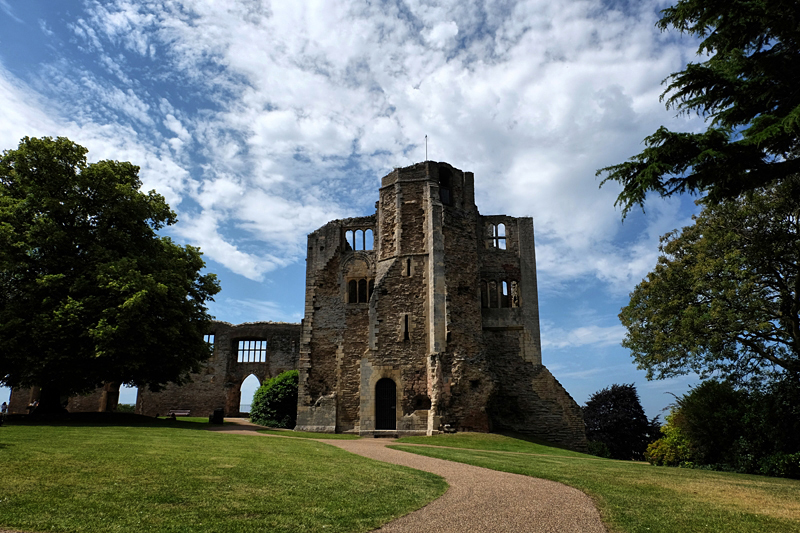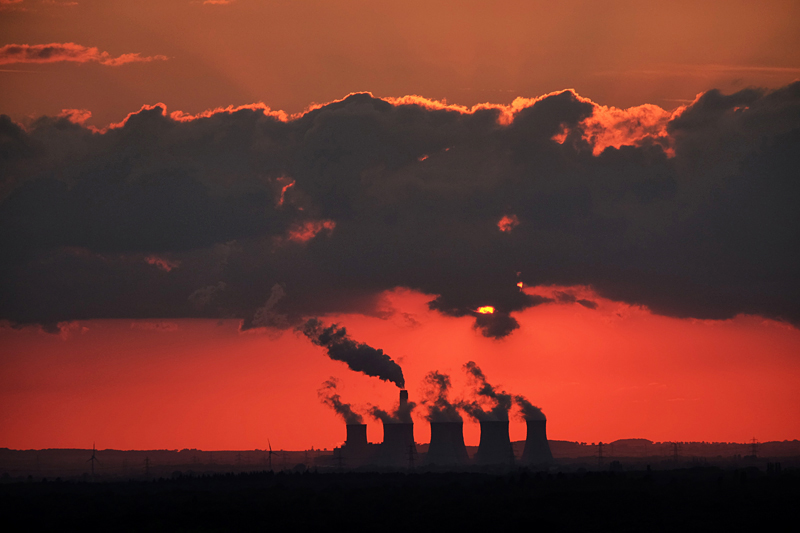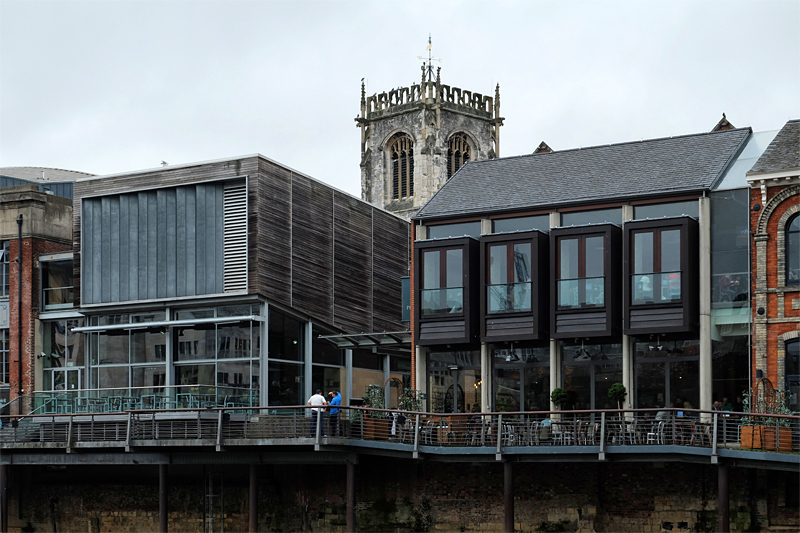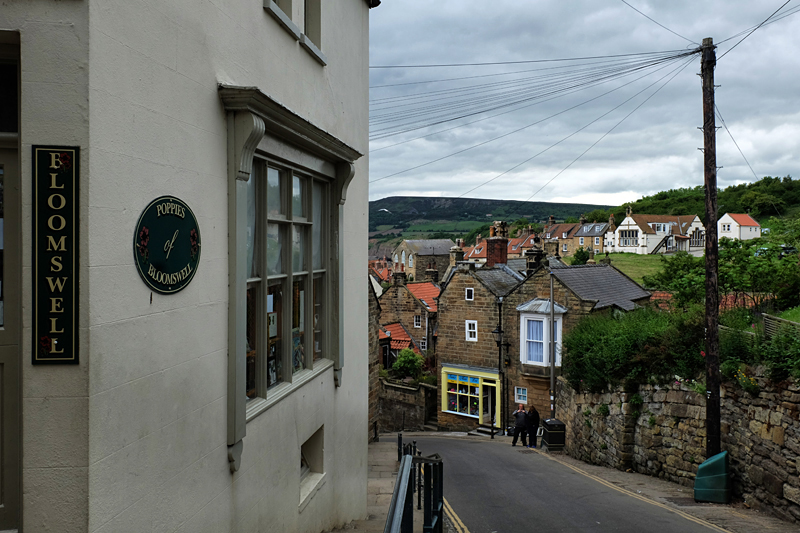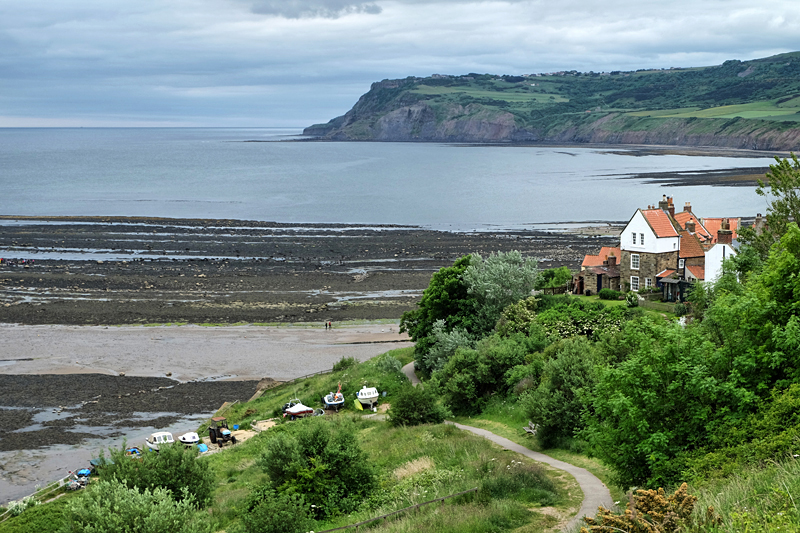Cooling pond in the foreground with superintendent's house behind (today the house is the entrance/exit and shop).
Friday, July 24, 2015
Thursday, July 23, 2015
Wednesday, July 22, 2015
Tuesday, July 21, 2015
Papplewick Pumping Station
Papplewick Pumping Station contains two James Watt & Co beam engines constructed in the 1880s to pump water up around 200ft from subterranean sandstone, providing Nottingham with drinking water.
In the foreground on either side are wood-clad cylinders, which convert steam energy into motion. Up above (not visible), horizontal beams use the up/down motion to drive flywheels and hence the water pumps. In the background, towards the right, one of the flywheels can be seen, as well as the two spheres of the speed governor for that engine.
The architecture is elaborate for a building that houses functional engineering: gothic revival with egyptian motifs. This photo shows the ornately-decorated columns and stained glass windows.
Monday, July 20, 2015
Friday, July 17, 2015
Thursday, July 16, 2015
Sunday, July 12, 2015
Saturday, July 11, 2015
Friday, July 10, 2015
Low Force Countryside
Countryside near Low Force Waterfall (just a bit downstream from High Force Waterfall) and near the Pennines, Co Durham.
Thursday, July 9, 2015
Robin Hood's Bay
Classic view at the top of the steep descent into the small fishing village of Robin Hood's Bay, located just SE of Whitby in North Yorkshire.
Wednesday, July 8, 2015
Tuesday, July 7, 2015
Whitby from Sandsend
On the left are the Whitby harbour piers and on the right on the hill, are the ruins of Whitby Abbey.
Monday, July 6, 2015
Sunday, July 5, 2015
High Force Waterfall
High Force has a 22m drop and is one of the UK's biggest waterfalls. River Tees, Co Durham.
Saturday, July 4, 2015
Friday, July 3, 2015
Thursday, July 2, 2015
Wednesday, July 1, 2015
West Pier Extension, Whitby
Whitby harbour is sheltered by two stone piers each of which has a curved pier extension. Only the West Pier is open to the public.


